 |
 |
| LM 7.1 | LM 7.2 |
|
LATE ROMAN BUCKLES IN BRITAIN 7. - LIONHEAD |
Origins
Lion head buckles occur in eastern Britain and in parts of north-east France and north-west Germany. They are much rarer than dolphin buckles. Logically the earliest lion head buckles are those in which the lion heads most closely resemble lions. All such lion head buckles (1, 2) appear to be from continental sources, and it is, therefore likely that the lion head buckles are originally a continental style.
 |
 |
| LM 7.1 | LM 7.2 |
 |
 |
| LM 7.3 | LM 7.4 |
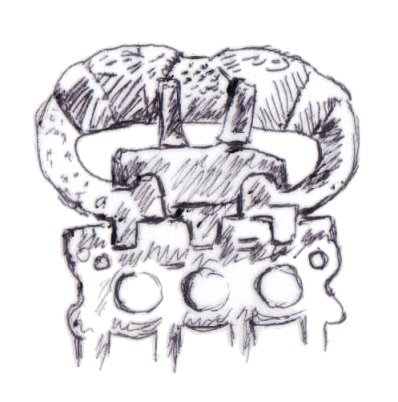 |
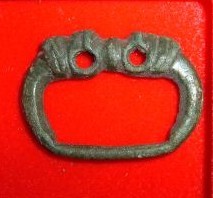 |
| LM 7.5 | LM 7.6 |
 |
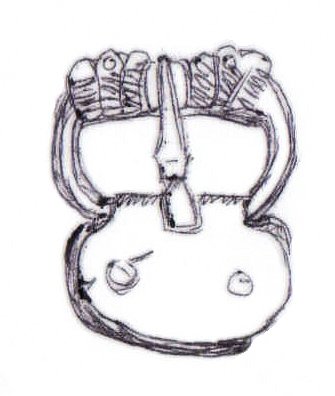 |
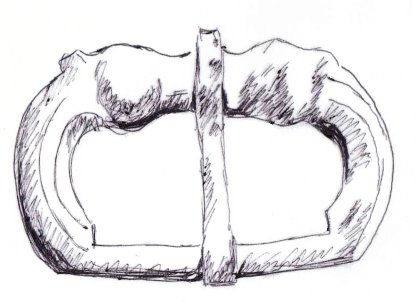 |
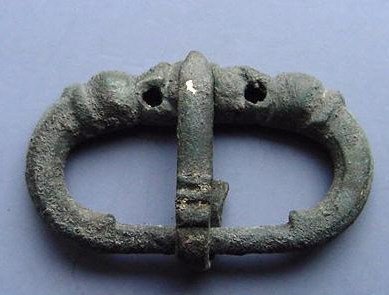 |
| LM 7.7 | LM 7.8 | LM 7.9 | LM 7.10 |
 |
 |
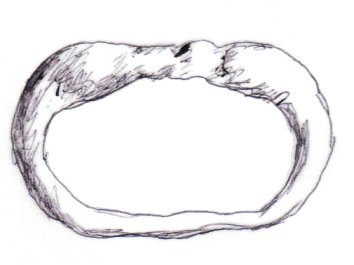 |
||||||||
| LM 7.11 | LM 7.12 | LM 7.13 | ||||||||
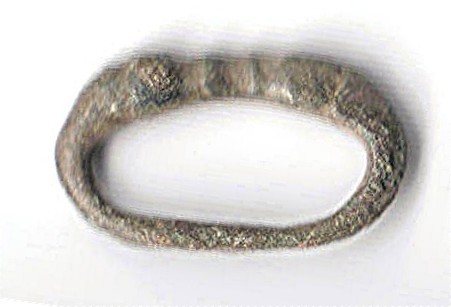 |
 |
 |
| LM 7.14 | LM 7.15 | LM 7.16 |
Copyright © May 2005, Laycock & Marshall, All Rights Reserved.